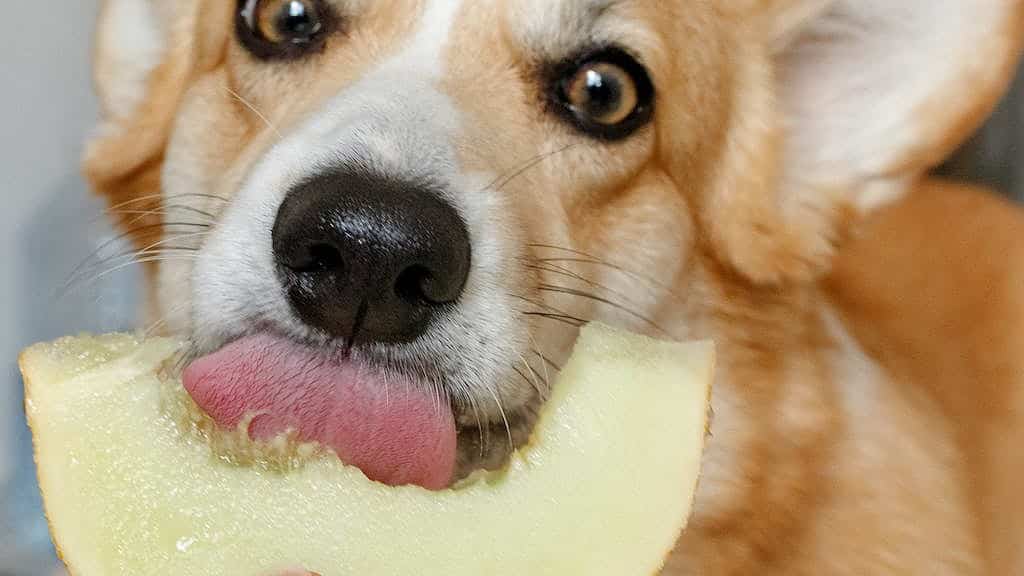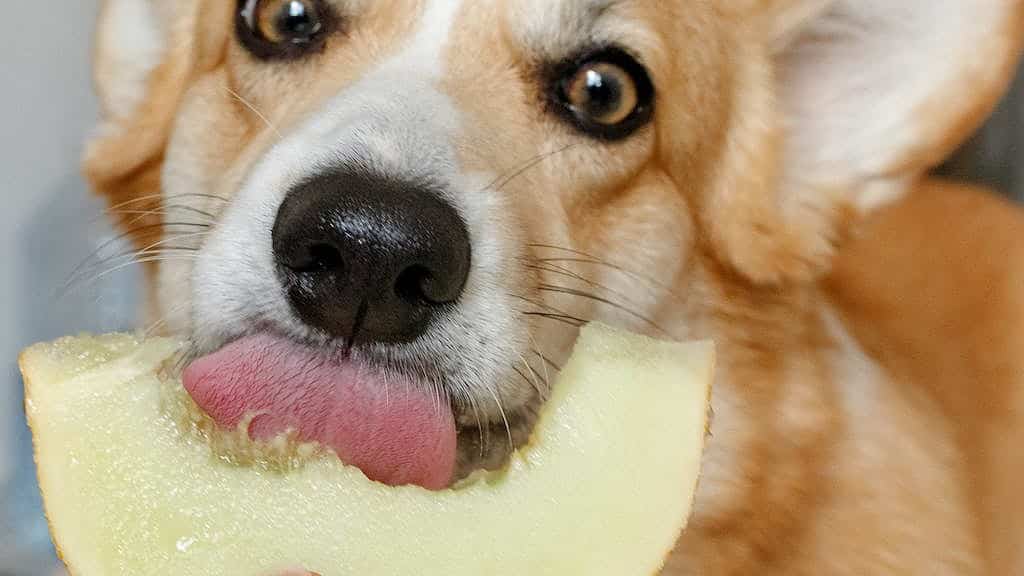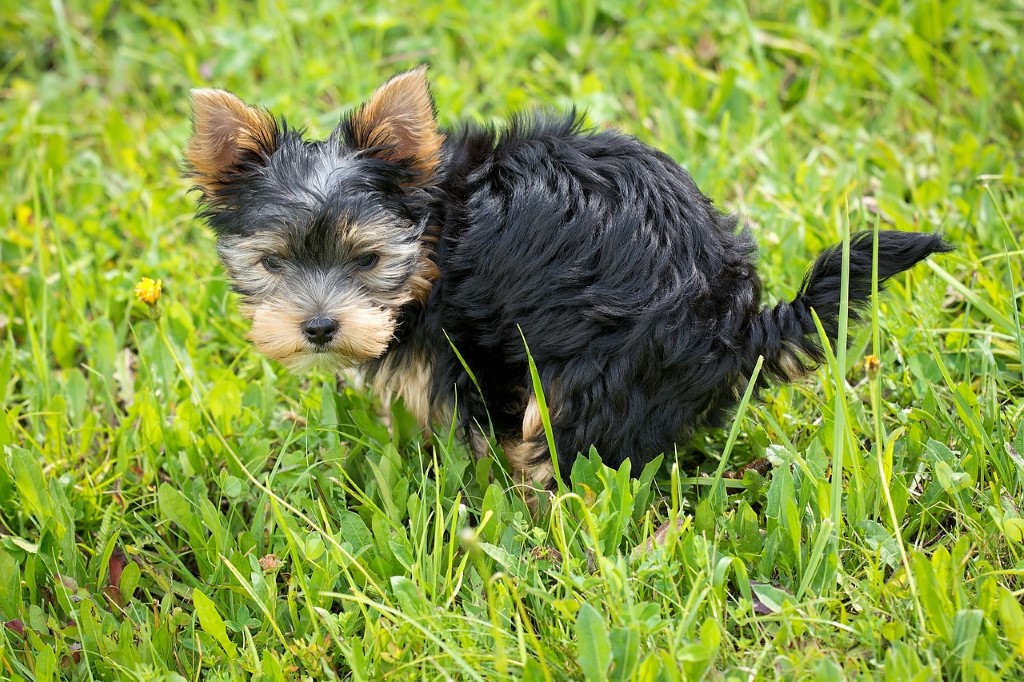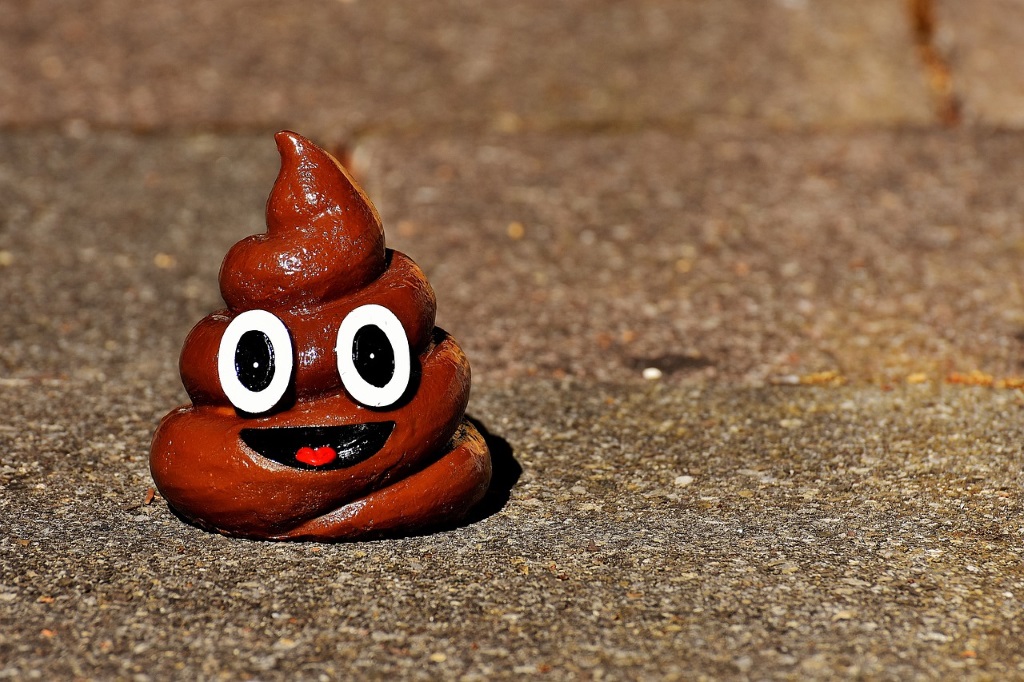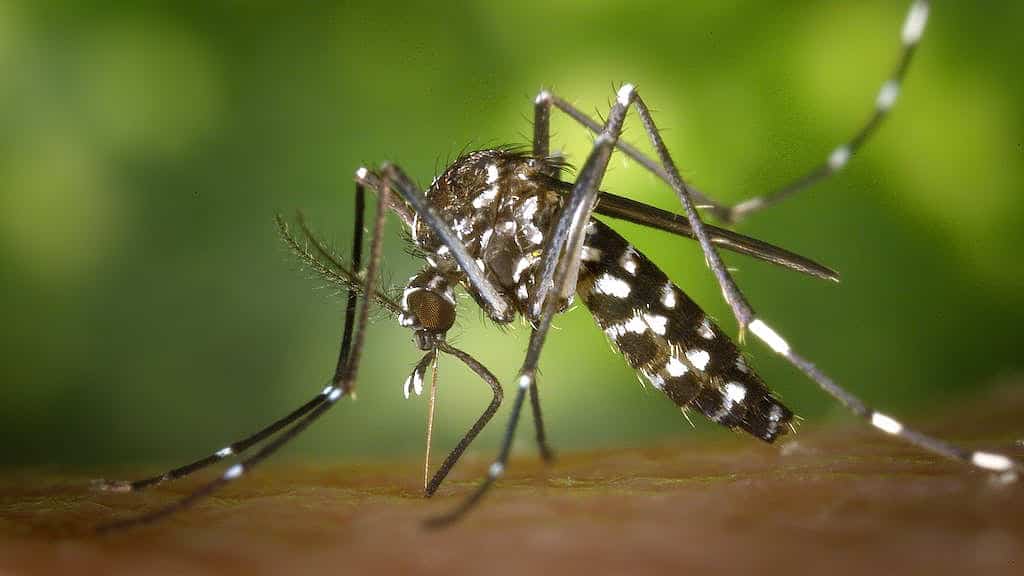Key Takeaways
- Dogs can get rabies from eating a dead animal if the animal was infected with the virus.
- Rabies is a deadly viral disease that affects the central nervous system of mammals.
- Infected animals, such as raccoons, bats, and skunks, can transmit the virus to dogs through saliva or brain tissue.
- Not all dead animals carry rabies, so it’s essential to assess the risk in each case.
- If you suspect your dog has consumed a rabid animal, seek immediate veterinary attention.
- Preventing contact with potentially infected carcasses and keeping your dog’s vaccinations up to date are crucial to reducing the risk of rabies.
- Rabies vaccination is highly effective in preventing the disease in dogs.
- Early symptoms of rabies in dogs include behavioral changes, fearfulness, aggression, or excessive salivation.
- Rabies is a serious public health concern, and proper precautions should always be taken if your dog comes in contact with a dead animal.
Summary
Can a dog get rabies from eating a dead animal? Yes, there is a possibility. This article will provide you with important information on the subject, explaining the potential risks involved and how to protect your furry friend. It explores the transmission of rabies, symptoms to watch out for, and the steps to take if you suspect your dog may have been exposed. By reading the rest of the article, you’ll gain valuable knowledge that could potentially save your dog’s life and ensure their overall well-being.

Can a Dog Contract Rabies From Eating a Dead Animal?
Many pet owners may wonder if their dogs can get rabies from eating a dead animal. While it is technically possible for a dog to contract rabies through this route, the likelihood is generally low. Rabies is primarily transmitted through the bite of an infected animal. The virus is usually present in the saliva, so ingestion of infected tissues can potentially lead to transmission if the tissue was recently bitten or exposed to saliva.
Factors Affecting Rabies Transmission
Several factors influence whether a dog can contract rabies from consuming a dead animal. The first factor is the time since the animal’s death. The virus becomes less viable as the animal decomposes, reducing the risk of transmission. Additionally, the animal that is ingested must be infected with rabies for transmission to occur. Rabies is more common in certain wildlife species such as raccoons, skunks, and foxes, so if a dog consumes a carcass from these animals, the risk may be higher.
Safety Measures to Prevent Rabies Transmission
To safeguard your dog against rabies, it is crucial to prevent their access to dead animals, particularly those suspected of carrying the disease. Always keep your dog leashed during walks or hikes, so you have control over their movements and can avoid encounters with wildlife or carcasses. Additionally, ensure your dog’s vaccinations are up to date, as this provides strong protection against rabies and reduces the risk of transmission if exposure occurs indirectly through a dead animal.
Signs of Rabies in Dogs
It is important to be aware of the signs of rabies in dogs, regardless of whether they have had contact with dead animals. Common symptoms include behavioral changes (aggression, restlessness), unexplained paralysis, increased salivation, difficulty swallowing, and abnormal vocalization. If you notice any of these signs, it is vital to seek immediate veterinary attention and inform them of any potential exposure to dead animals or wildlife.
Diagnosing and Treating Rabies in Dogs
Diagnosing rabies in dogs typically requires brain tissue analysis, which can only be performed post-mortem. Unfortunately, there is no cure for rabies in animals or humans once symptoms develop. Therefore, prevention through vaccinations and avoiding exposure is crucial. If you suspect your dog has been exposed to rabies, consult your veterinarian promptly to initiate the necessary quarantine protocols and discuss the most appropriate course of action.
Other Diseases and Risks from Consuming Dead Animals
Rabies is not the only concern when dogs eat dead animals. There is a risk of other diseases, such as bacterial infections or parasites. Dead animals can carry bacteria like Salmonella or be infested with parasites like roundworms or fleas, which can cause various health issues in dogs. It is important to discourage the behavior of scavenging dead animals to ensure the overall health and well-being of your furry companion.
Can a Dog Get Rabies from Eating a Dead Animal? – FAQ
What is Rabies?
Rabies is a viral disease that affects the central nervous system of mammals, including dogs. It is transmitted through the saliva or bite of an infected animal and can be fatal if left untreated.
Can a Dog Get Rabies from Eating a Dead Animal?
While the risk is relatively low, it is possible for a dog to contract rabies from eating a dead animal. However, certain conditions need to be met for the transmission to occur:
1. Presence of Rabies in the Dead Animal:
The dead animal would need to be infected with rabies for the virus to be present and potentially transmitted to your dog. Animals most commonly associated with transmitting rabies include raccoons, bats, skunks, and foxes. Other smaller mammals like mice or squirrels are less likely to carry the virus.
2. Freshness of the Dead Animal:
The dead animal should be relatively fresh for the virus to be active enough to cause an infection. Rabies virus particles do not survive for extended periods outside a living host, so a long-dead carcass is unlikely to pose a risk.
3. Open Wounds or Mucous Membrane Exposure:
For transmission to occur, your dog would need to have open wounds or mucous membranes (such as the eyes, nose, or mouth) in contact with the saliva or neurological tissues of the infected dead animal. The virus typically enters the body through bites or scratches, and consuming infected tissues might also present a risk.
How Can I Protect My Dog from Rabies?
To protect your dog from rabies, it is essential to follow these preventive measures:
1. Vaccination:
Ensure that your dog is up-to-date on its rabies vaccination. Regular vaccination is a highly effective way to prevent the disease and protect your pet.
2. Leash and Supervise:
When outside, keep your dog on a leash and under supervision. This reduces the chances of your pet encountering wild animals that may carry rabies, including dead animals.
3. Proper Disposal of Dead Animals:
If you come across a dead animal, do not let your dog approach or consume it. Safely dispose of the carcass to eliminate any potential risk of exposure to rabies or other diseases.
4. Veterinary Consultation:
If you suspect that your dog has had contact with a dead animal (especially if you suspect it had rabies), consult your veterinarian immediately. They can evaluate the situation and provide guidance on necessary precautions or treatments.
What are the Symptoms of Rabies in Dogs?
Rabies symptoms in dogs can vary, but they often include behavioral changes (aggression or unusual calmness), excessive drooling, difficulty swallowing, paralysis, disorientation, and even seizures. It’s crucial to be observant of any unusual behavior and seek veterinary attention promptly.
Can Humans Get Rabies from a Dog?
Yes, humans can contract rabies from dogs if they are bitten or come into contact with the infected dog’s saliva or neural tissue. It’s essential to avoid contact with any potentially infected animal and seek immediate medical attention if a bite or exposure occurs.
Conclusion
Based on the research conducted, it can be concluded that a dog can indeed contract rabies from eating a dead animal. Rabies is a viral disease that can be transmitted through the saliva and other bodily fluids of infected animals. When a dog consumes a carcass of an animal infected with rabies, there is a risk of the virus being present in the remains. Therefore, it is important for dog owners to be cautious and prevent their pets from consuming dead animals to minimize the chances of contracting rabies. Additionally, it is crucial to ensure that dogs receive timely vaccinations to protect them against this life-threatening disease.
📚 Sources:
